Biographical information
This information is provided for editors and journalists and may be reproduced freely.
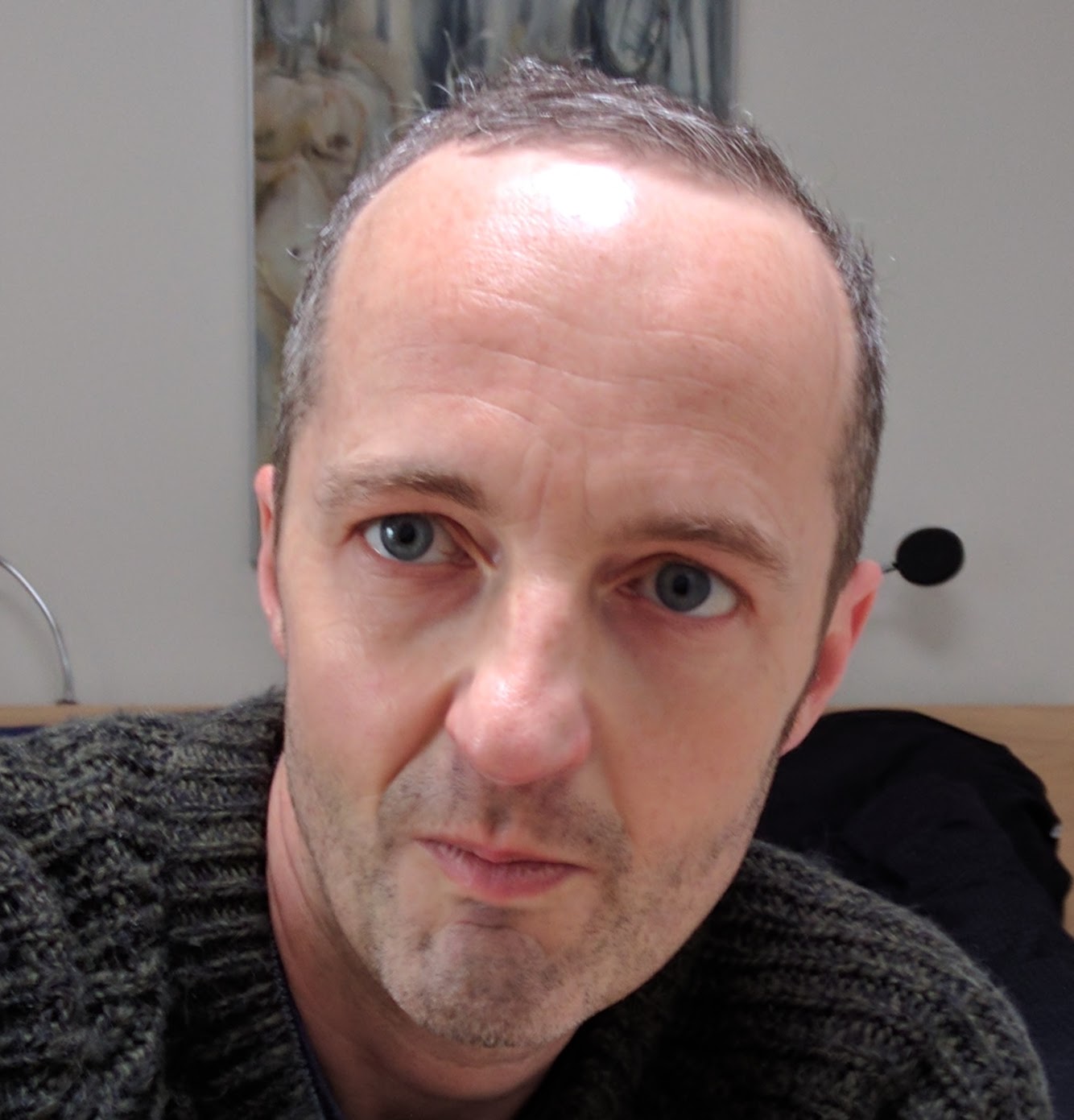

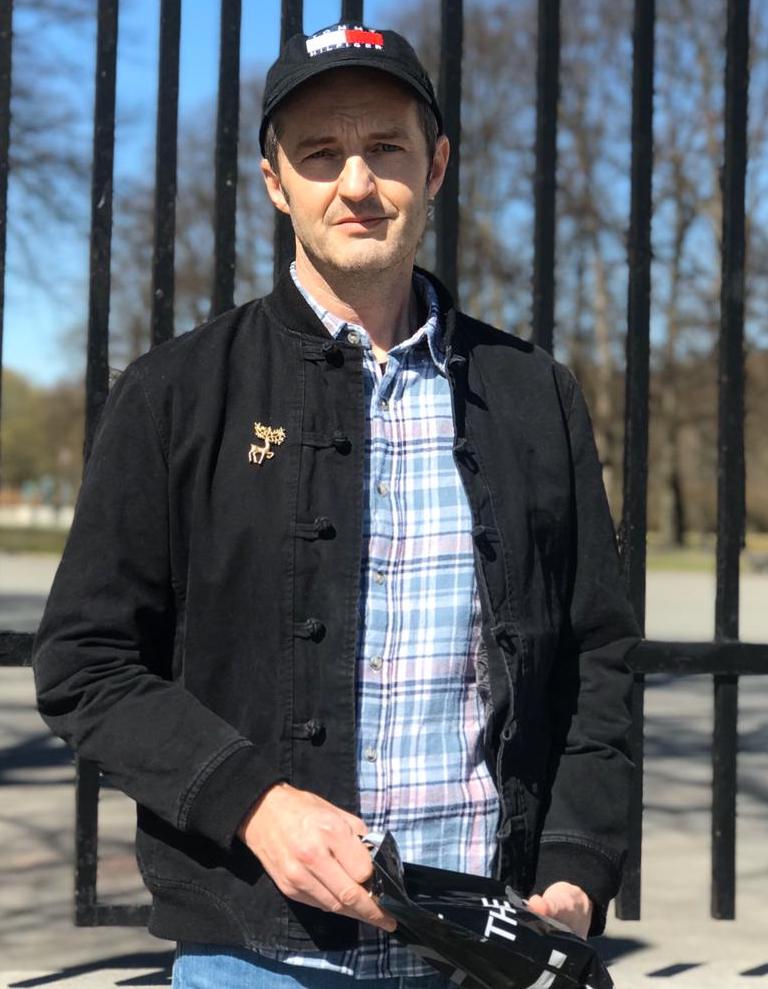
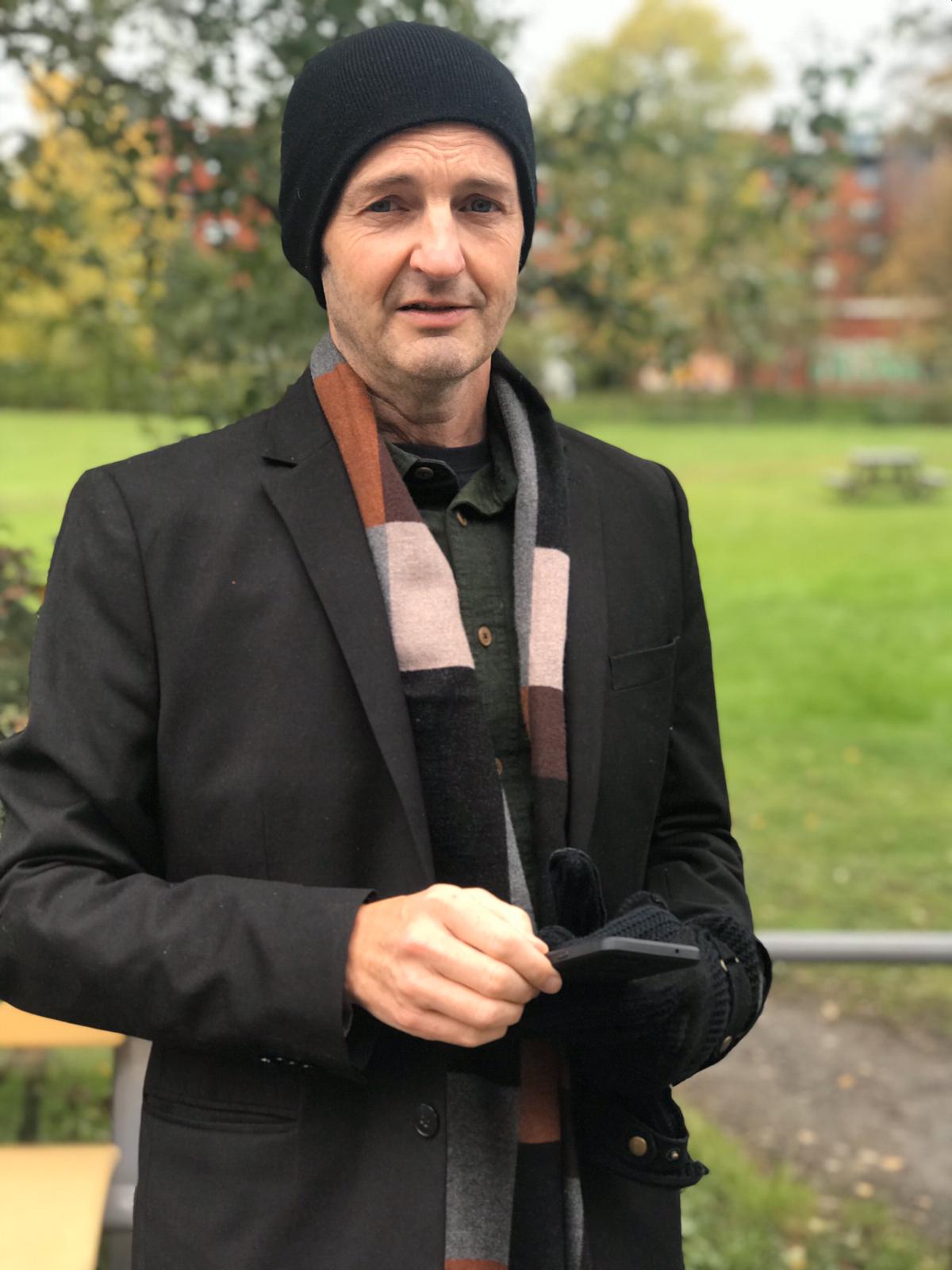
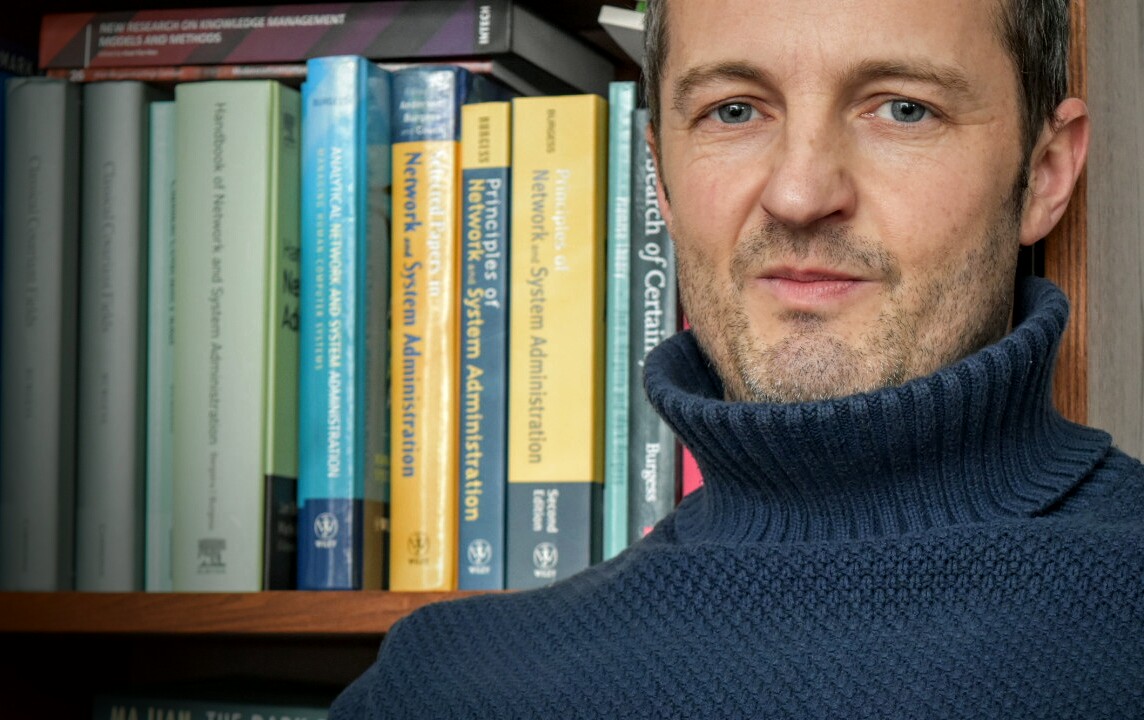

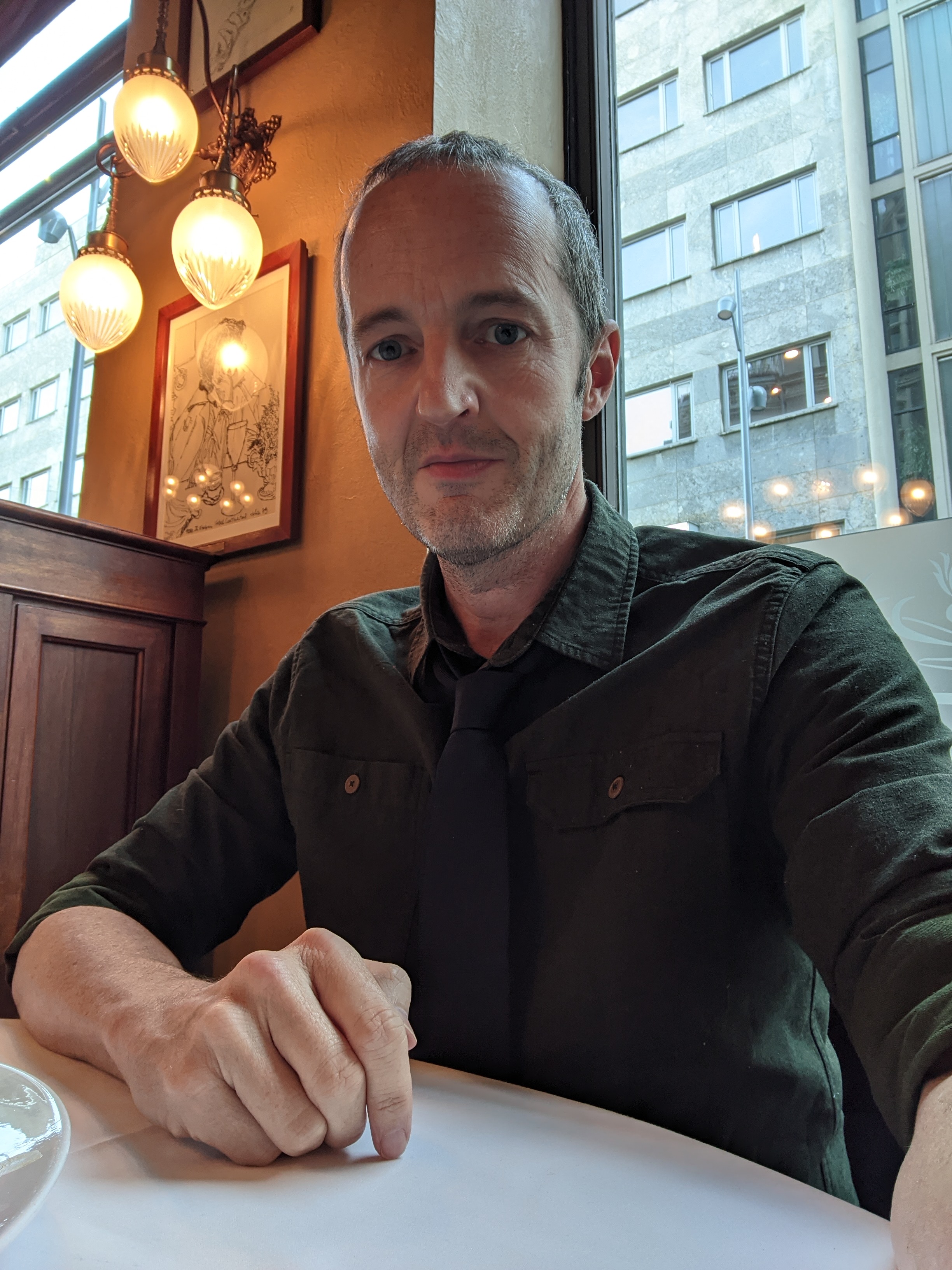
Short
Mark Burgess is a theoretician and practitioner in the area of information systems, whose work has focused largely on distributed information infrastructure. He wrote an early popular book on C programming, which is now open and available through the Free Software Foundation. He was an early contributor to the Free Software Foundation in 1993 with CFEngine, which remains GPL. He is known particularly for his work on Configuration Management and Promise Theory. He was the principal Founder of CFEngine, co-founder at Aljabr, and is now the founder of ChiTek-i. He is Emeritus Professor of Network and System Administration from Oslo University College. He is the author of numerous books, articles, and papers on topics from Physics, Networks and Systems, to fiction. He also writes a blog on issues of science and IT industry concerns. Today, he works as an advisor on science and technology matters all over the world.
Long
Mark Burgess is a theoretician and practitioner in the area of information systems, whose work has focused largely on distributed information infrastructure. He wrote an early popular book on C programming, which is now open and available through the Free Software Foundation. This book is used even today to educate thousands of (especially Indian) students of programming online. He was an early contributor to the Free Software Foundation in 1993 with CFEngine, which remains GPL. He is known particularly for his work on Configuration Management and Promise Theory. Mark Burgess was CTO, Founder and original author of CFEngine, and in 2018 he founded ChiTek-i, and co founded Aljabr Inc, with Joseph Jacks and Petar Maymounkov. He was senior lecturer and then professor of Network and System Administration at Oslo University College from 1994-2011. He was the first professor with this title. Mark obtained a PhD in Theoretical Physics in Newcastle, for which he received the Runcorn Prize. His current research interests include the behaviour of computers as dynamic systems and applying ideas from physics to describe computer behaviour. Mark was the principal author of the popular configuration management software package CFEngine for 20 years, and was the founder, chairman and CTO of the Cfengine company. He has led theoretical and practical contributions to the theory of automation and policy based management, including the idea of Operator Convergence and Promise Theory. He is the author of numerous books and papers on Network and System Administration and has won several prizes for his work. Today, he works as an advisor on science and technology matters all over the world.
Pompous
Mark Burgess holds a first class honours degree in Physics from the University of Newcastle Upon Tyne and a PhD in Theoretical Physics also from Newcastle, for which he earned the Runcorn prize. After working as a theoretical physicist in the area of Quantum Field Theory, he began to apply the methods of physics to the study of computers and eventually changed research fields to study the formalization of System Administration. His current research interests include the behaviour of computers as dynamic systems and applying ideas from physics to describe computer behaviour. He is known particularly for his work on Configuration Management and Promise Theory. He was the principal author of the popular configuration management software package CFEngine, and also founded the company ChiTek-i in 2018, while joining Joseph Jacks and Petar Maymounkov in starting Aljabr Inc.
He has received a number of awards including the SAGE 2003 Professional Contribution Award: "For groundbreaking work in systems administration theory and individual contributions to the field. He held the Professorship in Network and System Adminisration at Oslo University College from 2005-2011. Today, he works as an advisor on science and technology matters all over the world.
Historical - for researchers and interviewers
Autobiographical blog posts for the REALLY interested...
Mark Burgess is a British citizen and emigré who has lived and
worked in Norway since Jan 5 1991.
Burgess took four A levels in Physics, Chemistry and Pure and Applied Mathematics.
However, he quickly found that the recipes of organic chemistry did not hold
the same interest that physical chemsitry had done previously. Not allowed to give
it up formally, he passed with an E and focused on physics and mathematics instead.
As an A-level student, taking the UK's Nuffield Physics programme,
Burgess completed a project to demonstrate Optical Activity in
microwaves using wax lenses and spiral rings made from
coat-hangers. The experiment was inspired by reading the Feynman
Lectures on Physics and changed the direction if his interest in
science from Astronomy and space (inspired by a love of science
fiction, especially Star Trek) to a fascination with force fields.
After briefly considering going to Oxford University, close to his home
in Banbury, Burgess chose to study Astronomy and Astrophysics at the
University of Newcastle Upon Tyne. This followed a single interview visit to
the city. This degree course included contributions from Professsors
K. Runcorn and
P.C.W. Davies.
After the first year of studies, Burgess' new fascination with
electromagnetic fields and field theory moved him to alter course to a
new optional direction in "Theoretical Physics" pioneered by
P.C.W. Davies. However, when plans for this course fell through, he
switched to the general Physics course, even though it included topics
like Optics and Electonics that he disliked. Burgess also cites
courses in Material Physics as one of the most interesting topics he
discovered during A level and BSc education. However, it was during
the unwanted course in Optics that he returned to study the phenomenon
of optical activity - in an attempt to replace the dull geometrical
optics with a more satisfying mathematical approach. His discovery og
Arnold Sommerfeld's multi-volume lectures in theoretical physics was a
source of inspiration, and he stumbled upon a formulation of optical
activity in those books which formed the basis of his own formulation
using doubly-complex numbers. This was later used in his book
Classical Covariant Fields.
Burgess excelled at theoretical topics, but failed miserably on his
final paper in theoretical physics due to a nervous blackout. He still
managed to obtain a first class degree by excelling unusually on a
general applied physics paper and oral interview (subjects where
students traditionally perform poorly).
After turning down a position to work at Edinburgh University
on Computational Complexity, Burgess pursued Quantum Field Theory at
Newcastle under the tutelage of David Toms, whose work and lecturing
style he admired. He intially worked on the Vilkovisky-DeWitt
Effective Action, but failing to find the expected results after a
year of lengthy calculations, changed course to work on spontaneous
symmetry breaking using a `non-Higgs mechanism' termed Flux Breaking
by Alan McLachlan, a PhD student from Glasgow University working with
Andrew Davis. Burgess completed his PhD in this field in 1990 on the
topic of "Gauge Vacua on Mulitply Connected Spacetimes". Towards the
end of this thesis, Burgess began to develop an interest in related
topological matters, including fractional statistics and `anyons'.
Following the PhD, Burgess secured a two year post-doctoral fellowship
from the Royal Society of London. Having befriended several Norwegians
at Univeristy, and visited the country for skiing and mountaineering,
Burgess wrote to Professor Finn Ravndal, a former student of Richard
Feynman, and enquired about possible positions. Ravndal replied that
Jon Magne Leinaas who has predicted the notion of fractional
statistics together with Jan Myrheim some twenty years earlier, has
just taken on a position as Professor there and that they were
building a group in this area. Happy with this good luck, Burgess
packed his belongings into his car and took the ferry to Stavangar on
5th January 1991, crossing the Norwegian mountains in Winter on
balding summer tyres in a memorable adventure.
After two years in the group at Oslo, Burgess was awarded another two
years of funds from the Norwegian Research Council. He worked on
variety of topics, searching for an area where he could make a
contribution, including Thermal Field Theory, Chern Simons induced
through radiative corrections, and optical activity in low-dimensional
systems. During this time he befriended Nobel Prize winner Julian
Schwinger just before his death, and enjoyed several exchanges with
Roman Jackiw whose work he admired. Ultimately, Burgess became
disillusioned with his progress in physics and worked decided to
complete his `epitaph' by writing a book, later published by
Cambridge University Press (Classical Covariant Fields), detailing
the modern covariant approach to field theory which had started
his interest in field theory with David Toms.
It was during this time that Burgess developed an interest in Unix and
computer automation. He began writing the popular configuration
management tool CFEngine in 1993, and presented it at the HEPix
conference in Paris. In 1994 he registered CFEngine with the Free Software
Foundation, under the GNU Public License.
After three and a half years at the University of Oslo, there was
little money in physics and Burgess took on a teaching position at
Oslo University College (then Oslo College of Engineering) in computer
science and mathematics, following a tip from colleague Øyvind
Grøn. He completed the `epitaph' project and began to use his
knowledge of physics to study computers in networks as a `natural
phenomenon'. Before this computer scientists assumed that computers
only exhibited programmed behaviour, but Burgess argued that, in an
environment, they were not so easily predictable.
In 1996 Burgess began developing the subject of system administration
as a course for the College, and in 1998 he was approached by J. Wiley
& Sons to write a book on the subject (Principles of Network and
System Administration). In the same year, he won the best paper award
for the concept of self-healing computing or `Computer Immunology' at
the USENIX LISA conference in Boston. This set a manifesto for
research for the next 10 years, which is still underway. In 1997
Burgess met Alva Couch of Tufts University and slowly developed a
friendship and eventually collaboration in the area of system
configuration and self-healing systems.
In 2001, Burgess discovered a paper which pointed to Morris Sloman's
group at Imperial College on policy based computing. Seeing obvious
connections with CFEngine, he began to explore the community for
Network Management in Europe. In the same year he proposed the creation of a
prize for Free and Open Source software development, which was sponsored jointly
by the Norwegian Unix User Group (NUUG) and Oslo University College (HIO).
The prize has since been awarded each year along with a cash prize and
certificate.
In 2003, Burgess reconnected with a physics colleague Geoff Canright
who moved to Norway and began at Telenor Research, and became
interested in Canright's work on graph theory as applied to search
engines. Together with Kenth Engø-Monsen from Telenor, they proposed
new solution to improve on the Google PageRank algorithm, which was
eventually patented in the US. In the same year 2003, Burgess
received the SAGE Professional Contribution Award: "For groundbreaking
work in systems administration theory and individual contributions to
the field".
2003 was also the year in which Burgess started the International
Masters Degree in Network and System Administration at Oslo University
College, the first complete master course of its kind in the
world. The course immediately attracted applicants from all over the
world, and its select students have gone on to highly regarded
positions in industry. He wrote the book "Analytical Network and
System Administration" in order to fill a gap in the literature for
the second year of this masters course.
In 2004 Burgess was contacted by Jan Bergstra of the University of
Amsterdam, looking for scientfic backing for a proposed one year
masters course at the Univeristy in system administration. In spite of
very different backgrounds, they shared a likeness of mind in their
attitudes to science and research. This resulted in them becoming
friends and going on to discuss and hone several parts of Promise
Theory together on mutual visits between Norway and the Netherlands.
In 2005 Burgess became full professor of Network and System
Administration at Oslo University College, the first professorship in
this field worldwide, as part of the College's strategic focus on
Burgess' work. He joined a group of 13 Universities forming a four
year European Network of Excellence (EMANICS) in Network Management.
In 2007, once again disillusioned with changing politicization and
bureaucratization of research, as well as his failure to consolidate a
research group at Oslo, he turned to the success of CFEngine and its
appreciative users and decided to form a company to finance future
work in the area. The company was formed in 2008 and Burgess took a
leave of absence from the University in 2009 to work closely with the
appreciative users of CFEngine, and implement the fruits of past
research into the software. At this time, he also branched into the field
of Knowledge Management.
Mark burgess has been involved in a number of Free and Open Source
projects, including:
- CFEngine (principal author)
- CASE: A scientific computing simulator for cellular automata.
- Fault Cat: fault tree analysis software (project manager)
- Archipelago: Network analyser
- The GNU C Tutorial (principal author)